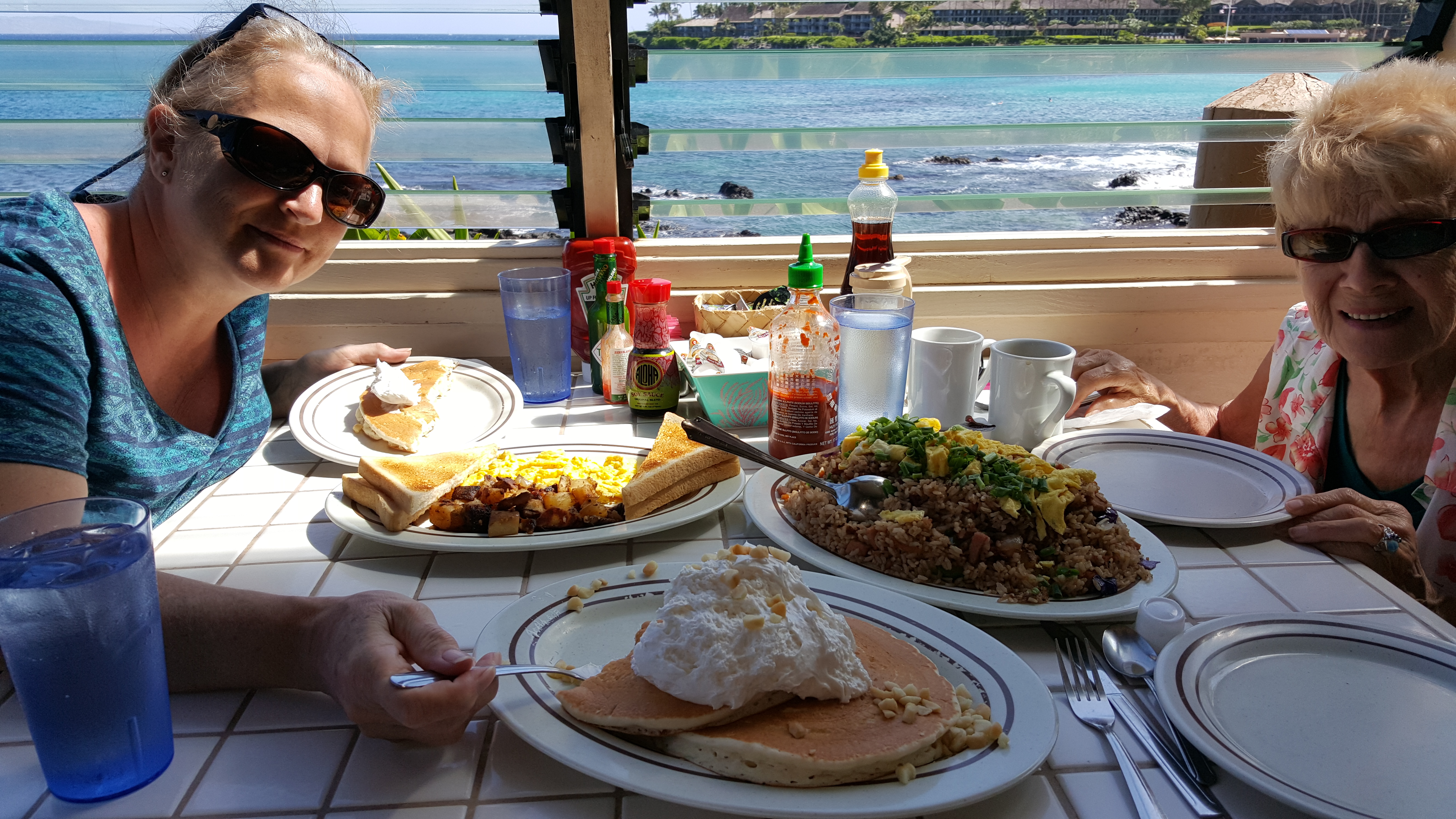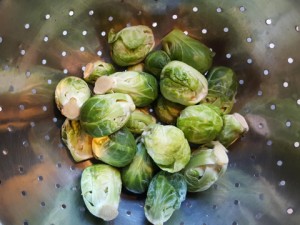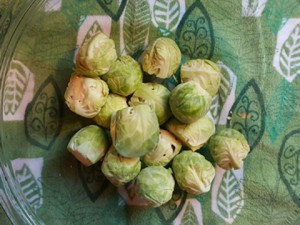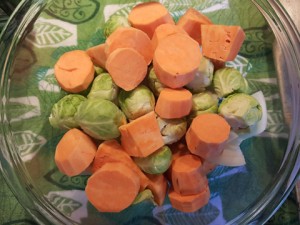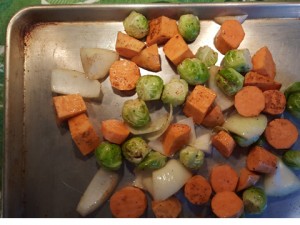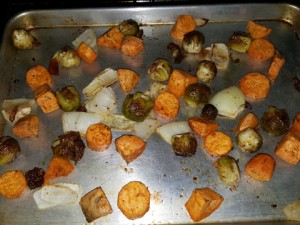
Protein
We go on about it all the time. And for good reason: it’s the fastest way tobuilding muscle, burning fat and getting the body you want. And to do so you need the best quality available, which is why we’ve put together your definitive guide. The foods are ranked in order of their protein content – the more they have, the higher up the list they go. In case you forgot: “If you’re training to get lean or build muscle you should eat 1g of protein per lb (0.5kg) of body weight each day,” says sport nutritionist Matt Lovell. Print this page out and stick it on your fridge – it’ll serve as your shopping list for more post-gym muscle and better performance.
1. Whey protein
Protein content per 100g: 80-90g
Calories: 82
Carbohydrates: 3.4g
Fibre: 0g
The good: “Whey protein is absorbed faster than any other protein, making it ideal for fuelling muscle growth before and after training,” says Lovell. It alsoboosts your immune system and a study at Ball State University, Indiana, found taking a minimum of 0.88g of whey per pound of body weight could prevent the ills of overtraining from setting in.
The bad: People who are lactose intolerant should take whey protein isolate as this has less of it.
What to eat with it: Carbs. “You should always take 20-30g of whey before and after training and its best accomplice is 40-50g of carbs,” says Lovell. “The carbs supply energy to train and replace muscle glycogen after you’ve trained – plus refined sugars cause the body to release insulin, which after traininghas a very anabolic effect and enhances protein synthesis.” Which means more muscle.
2. Soya protein isolate
Protein content per 100g: 88g
Calories: 321
Carbohydrates: 3g
Fibre: 2g
The good: It’s very low in saturated fat (0.5g) and researchers at the nutrition division of Miami Research Associates, US found that it was equal to whey at building muscle. “It’s also very rich in iron, which provides additional oxygen to your muscles, thereby allowing you to do cardiovascular exercise for longer,” says Lovell.
The bad: It has a reputation of being a man-boob builder. But don’t write it off: the study above found no change in the subjects’ oestrogen (female hormone) levels, which is the cause of the chest inflation.
What to eat with it: An orange. A study in the American Journal of Clinical Nutrition found that eating foods rich in vitamin C increased the amount of iron you’ll absorb by up to 12%.
3. Cod
Protein content per 100g: 63g
Calories: 290
Carbohydrates: 0g
Fibre: 0g
The good: This is the animal protein with one of the lowest saturated fat content, serving just 0.5g of fat per 100g. “A modest 300g serving will provide your RDA of magnesium, which generates the energy needed for you to train, protect you against cramps and help your muscles contract,” explains Lovell.
The bad: It’s high in sodium (salt) but begrudging a seawater fish for being too salty is like resenting a lap dancer for wearing tassels.
What to eat with it: Broccoli. Scientist at the Institute of Food Research (IFR) in Norwich found that eating foods high in selenium, like the cod, with sulforaphane-rich foods like broccoli make the meal 13 times more powerful at attacking cancer than when they are eaten alone.
4. Clams and other molluscs
Protein content per 100g: 48g
Calories: 275
Carbohydrates: 16g
Fibre: 0g
The good: It will provide you with 302% of your RDA of vitamin B12, which keeps your nervous system healthy, gives you energy and is used to metabolise fats, carbs and protein. You’ll also get 128% of your RDA of the antioxidant selenium. “This antioxidant boosts post-exercise recovery and will reduce post-training stiffness,” explains Lovell.
The bad: Its high in cholesterol (130mg) which is bad if you have high cholesterol but researchers at Texas A&M University found that eating cholesterol can help to add muscle if your cholesterol levels are normal – it seems every clam has a silver lining.
What to eat with it: Tomatoes. “They are rich in vitamin C which will help you absorb a larger chunk of the 10mg of iron found in this smiling protein source,” says Lovell.
5. Tofu
Protein content per 100g: 48g
Calories: 480
Carbohydrates: 15g
Fibre: 7g
The good: You’ll receive 184% of your RDA of manganese. “This mineral is used to strengthen bones and metabolise carbs, amino acids and cholesterol,” says Lovell. Tofu also has 24g of unsaturated (good) fats and a study in theJournal of the American College of Cardiology found that when people ate unsaturated fats after exercise the blood flow in their arteries increased by 45%, which resulted in more anti-inflammatory agents being rushed to the working muscles. Take home message: tofu will help you recover from training faster.
The bad: It’s not known for its flavour so it’s often flavoured with sauces like soya, which are very high in salt and preservatives, or fried.
What to eat with it: Vegetable soup. “This will provide flavour and extra nutrients without any salty, preservative filled seasonings that often cancel out the goodness found in the tofu,” says Lovell.
6. Low-sodium Parmesan cheese
Protein content per 100g: 42g
Calories: 456
Carbohydrates: 4g
Fibre: 0g
The good: Due to its long ageing, much of the protein in Parmesan has been “pre-digested” and it takes just 45 minutes to digest. You’ll get 138% of your RDA of bone strengthening calcium, which is vital for making your muscles contract.
The bad: You’ll get a whopping 19g of saturated fat which can sabotage the sternest fat burning efforts. “Limit your intake to those times when you’re trying to bulk up,” says Lovell.
What to eat with it: Tofu or chicken breasts. A study at the Smell & Taste Treatment and Research Foundation, Chicago found that when people flavoured bland foods with high fat food they lost more weight because they were more likely to eat higher quantities of healthy food. That’s stealthy eating.
7. Lean beef
Protein content per 100g: 36g
Calories: 199
Carbohydrates: 0g
Fibre: 0g
The good: A 300g steak will provide your RDA of zinc, which aids in post-exercise tissue repair and in the conversion of food to fuel. “Beef is one of the richest natural sources of the strength booster creatine which is a famously efficient muscle building aid,” states Lovell.
The bad: “It’s not a good post-workout meal as it takes too long to digest, leaving your muscles hanging for their protein fix,” explains Lovell. A 100g steak will give you 30% of your daily cholesterol limit so only eat it only once or twice a week if you have cholesterol problems.
What to eat with it: Greek salad. “Steak can take along time to digest, leaving you feeling full for ages so if you’re trying to lose weight its best to pair it with a low-calorie, nutrient-dense option like a salad to stave off weight gain,” says Lovell. The enzymes in the salad will aid digestion and help you absorb more of the protein in the steak.
8. Lamb
Protein content: 36g
Calories: 279
Carbohydrates: 0g
Fibre: 0g
The good: A few chops will give your RDA of the energy producing vitamins niacin and B12, which will help you, train longer. “It’s a solid source of zinc and selenium – both of these are excellent for helping your muscles recover after exercise,” says Lovell.
The bad: It’s high in saturated fat (5g per 100g) but has little fat inside the meat so trim the unwanted bits off before you tuck in.
What to eat it with: Cruciferous vegetables (kale, cabbage, Brussels sprouts, broccoli, cauliflower, rocket, watercress). “They increase our body’s ability to detoxify the carcinogenic compounds that are produced when meat is grilled or fried the way lamb often is,” says Lovell.
9. Chicken breast
Protein content per 100g: 33g
Calories: 298
Carbohydrates: 0g
Fibre: 0g
The good: “One large breast will give you your RDA of niacin which will help your body produce energy from all the foods you eat and keep both your nervous and digestive system healthy,” states Lovell. “It’s low in saturated fat (1.3g) and carbs and is a good source of omega-3 making it an ideal protein source if you’re trying to lose weight or gain lean muscle.”
The bad: Shun the intensively farmed and water-filled budget breasts. A study in the Meat Science journal found organic chicken had 38% more omega-3 than the non-organic chicken. More expensive maybe, but when it comes to fowl you get what you pay for.
What to eat with it: Chicken soup. Research at the University of Nebraska, U.S. found it hampers the release of mucus, which is the sticky stuff that can obstruct your airways when you exercise.
10. Pork tenderloin
Protein content per 100g: 32g
Calories: 248
Carbohydrates: 0g
Fibre: 0g
The good: Two small fillets will provide your RDA of thiamine and a study inMetabolic Brain Disease found that high levels of this vitamin helped athletes recover from exercise faster. “Pork is a rich source of zinc which helps your body produce the muscle building hormone testosterone,” states Lovell.
The bad: A 100g of pork will soak up 38% of your daily cholesterol allowance so limit it to a few times a week.
What to eat with it: Pinto beans. An Arizona State University, US found that a ½ cup (125ml) of these beans cuts bad cholesterol by 9% – thereby off setting the high cholesterol levels in the pork.
 The holidays were approaching and FAST and I needed a quick and delicious gluten free pie recipe; one that I could proudly share with the whole family: all 30 plus of them! After a few trials and errors with other pie crust recipes, I settled on a slightly modified variation of a simple and GORGEOUS butter flaky crust.
The holidays were approaching and FAST and I needed a quick and delicious gluten free pie recipe; one that I could proudly share with the whole family: all 30 plus of them! After a few trials and errors with other pie crust recipes, I settled on a slightly modified variation of a simple and GORGEOUS butter flaky crust. I doubled my batch and baked my two pie crusts at 350* for fifteen minutes before filling it to help them keep their shape. I also did a light egg wash over the edges to keep them from crumbling, although neither is necessary.
I doubled my batch and baked my two pie crusts at 350* for fifteen minutes before filling it to help them keep their shape. I also did a light egg wash over the edges to keep them from crumbling, although neither is necessary.











